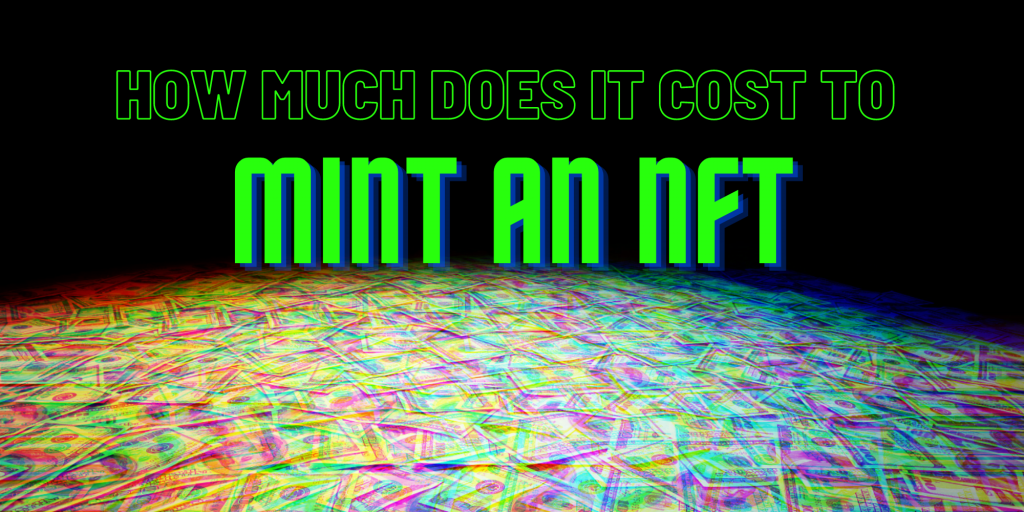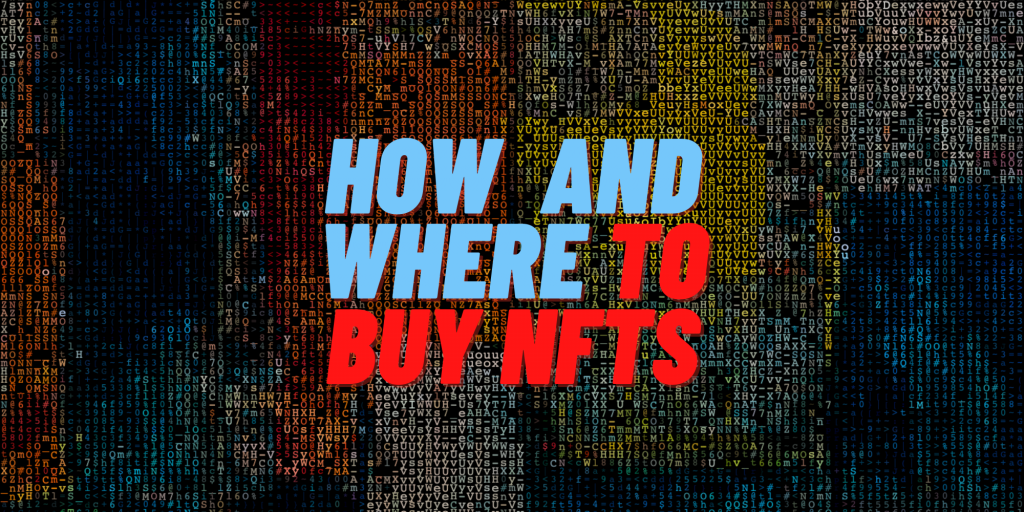How Much Does Minting an NFT Cost?
Bull or bear market, 2020 and 2021 will forever be cemented in NFT history. Reports have shown that NFTs garnered the most profit ($17.7 billion) in the crypto space in 2021 – the market exploded by over 20,000 percent from the year prior. The total value of transactions jumped from $82.5 million to over $17 billion. …


